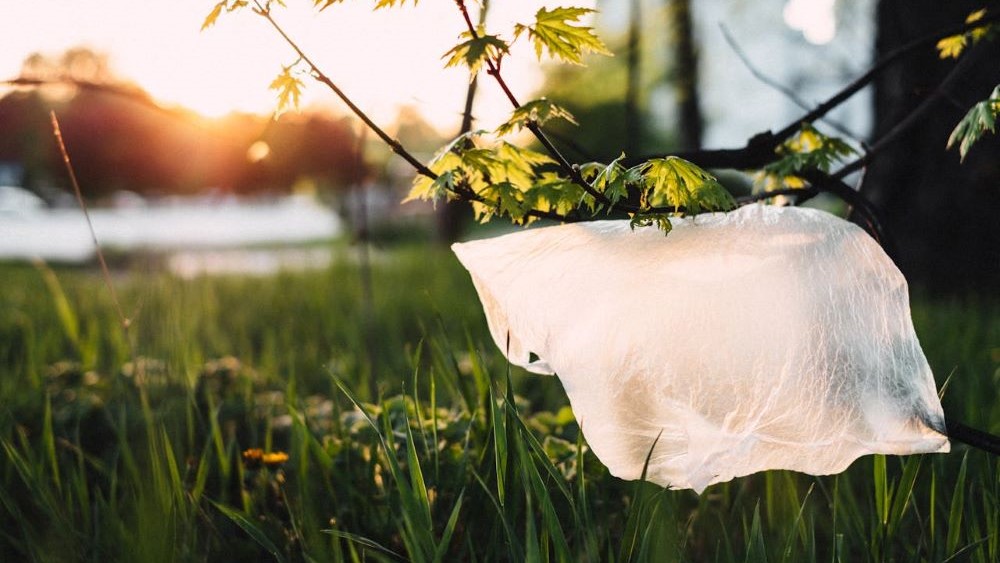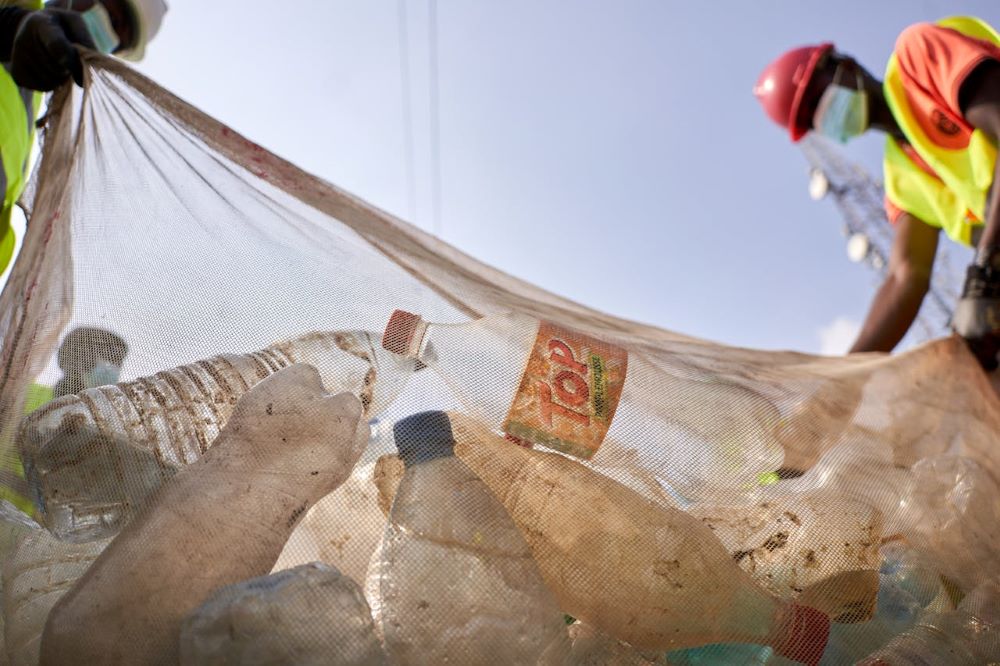Recent Posts
- Home
- Elevate Blog
- The True Cost of Plastic Packaging
The True Cost of Plastic Packaging
Posted on

Plastic revolutionized packaging with its low cost, durability, and versatility. These attributes allowed plastic to become the go-to material for cheap, lightweight packaging that could protect products throughout the entire supply chain.
The same properties that make plastic packaging so practical and popular are the core drivers behind its catastrophic environmental, health, and economic impact. Low production costs have enabled a wasteful, disposable mentality. Its durability and versatility mean it lingers for centuries after serving its temporary packaging purpose.
- Low Cost: Plastic's cheap production and raw material costs have allowed it to become the go-to packaging material worldwide. This leads to a staggering amount of plastic waste accumulating in landfills and natural environments. The low cost of producing new plastic compared to recycling makes it economically more attractive to produce new plastic rather than recycle existing plastic. This encourages the continuous production of new plastics, exacerbating the accumulation of plastic waste in the environment
- Durability: Plastics are resistant to impact, moisture, and chemicals, ensuring that products are protected during transport and storage. Plastics are designed to last, persisting for hundreds of years. This durability is useful for packaging, but means plastic waste can persist in ecosystems for hundreds to thousands of years.
- Versatility: The molecular makeup of plastic allows it to be molded into a wide variety of shapes and sizes to accommodate a diverse range of packaging needs. The wide variety of plastic types and formulations complicates recycling efforts. Different types of plastics often require different recycling processes, and some cannot be economically recycled at all.
The Hidden Cost of Convenience
How much is our plastic habit costing the planet and our health?
“The lifetime cost to society, the environment and the economy of plastic produced in 2019 alone has been revealed at US$3.7 trillion”
- Plastics: The cost to society, environment and the economy, WWF

The Environmental Costs of Plastic Packaging
The environmental impact of plastic packaging waste is catastrophic and far-reaching. Plastics dominate the ever-growing Great Pacific Garbage Patch, litter landscapes globally, and endanger wildlife through entanglement and ingestion.
An estimated 11 million metric tons of plastic enter the ocean each year, equivalent to dumping a garbage truck full of plastic into the ocean every minute.
Virtually every piece of plastic packaging waste produced still exists in some form today. It is buried in landfills, filling our oceans, and littering ecosystems worldwide. As this plastic breaks down, it leaches toxic chemicals that further pollute soil, waterways, and animals' stomachs.
Despite recycling symbols leading consumers to believe packaging is widely recyclable, only around 9% actually gets recycled. The remaining non-recycled plastic packaging perpetuates our global plastic crisis.
The Health Costs of Plastic Packaging
Beyond environmental damage, plastic packaging also threatens human health. Many of the synthetic chemicals used in plastic production and found in plastic packaging have been linked to serious health issues.
These toxic chemicals can migrate from plastic packaging into the food and beverages we consume, or be absorbed through using plastic personal care products. While the full extent is still being researched, the potential health impact of chronic exposure to these plastic-derived chemicals is highly concerning.
Plastic packaging is also a major source of microplastics - tiny particles in our air, food, and water supplies. Ingesting microplastics has been linked to potential respiratory, reproductive, and metabolic health issues.
Reducing plastic packaging mitigates both chemical exposures and the microplastics crisis, avoiding steep human health costs down the line.
The Economic Costs of Plastic Packaging
Plastic packaging waste represents a major economic burden through direct disposal costs and the massive expenses required to clean up plastic pollution. As highlighted in a WWF report, the costs of simply collecting, sorting, disposing and attempting to recycle plastic waste exceeds $32 billion annually.
Beyond that, governments, groups, and concerned citizens must undertake costly clean-up efforts to remove plastic pollution. Marine plastic pollution alone can devastate economies through impacts on tourism, fishing, and other industries.
There are also less visible costs in the form of brand reputation risk. As consumers become more environmentally aware, businesses continuing to use plastic packaging may be seen as unsustainable and short-sighted.

Where Recyclable Packaging Falls Short
While recycling is touted as the solution to our packaging waste, it has so far proven to be largely ineffective and unsustainable. Cleaning and sorting recyclables is extremely expensive, often costing more than producing new plastic packaging from virgin materials.
The U.S. previously relied on shipping recyclables abroad to China and other nations to avoid these costs. However, this stopped being viable in 2018 when China enacted policies to ban importing foreign recyclables.
With limited domestic recycling infrastructure and poor economics, the hard truth is that the vast majority of plastic packaging simply does not actually get recycled as promised. Most is headed straight for landfills, incinerators, or the environment.
Plastic Free Packaging
One of the biggest opportunities to reduce your environmental impact lies in reevaluating your product packaging. Plastic has long been the default choice due to convenience and low costs. However, we now understand the massive toll of relying on toxic, non-renewable petroleum-based plastics.
A full one-third of all plastic produced globally is used for packaging alone. Imagine replacing that plastic packaging with safer, more sustainable materials that are not only eco-friendly but also protect your customers from harmful chemical exposures.
The ideal solution is to transition away from conventional plastic packaging to compostable alternatives. Compostable packaging delivers powerful benefits beyond just reducing plastic waste! These renewable materials are designed to fully break down in municipal compost facilities after use, returning nutrients to the soil instead of lingering for centuries.
For small businesses embracing sustainability, switching to compostable packaging is a chance to showcase your authentic environmental commitment to increasingly conscious consumers. It enhances your eco-friendly brand image and differentiates you from competitors still using conventional plastic packaging.
Most importantly, you'll be taking direct action to phase out toxic plastics that jeopardize the health of the planet and your customers. Sustainable packaging protects what matters most.
Connect with a Compostable Packaging Expert
 Loading... Please wait...
Loading... Please wait...


